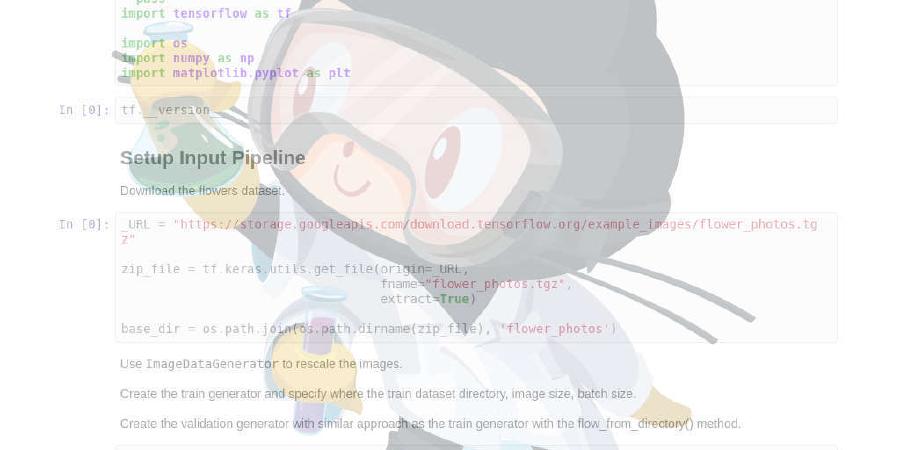xiaolonw/TimeCycle

Learning Correspondence from the Cycle-consistency of Time (CVPR 2019)
| repo name | xiaolonw/TimeCycle |
| repo link | https://github.com/xiaolonw/TimeCycle |
| homepage | |
| language | Python |
| size (curr.) | 10551 kB |
| stars (curr.) | 598 |
| created | 2019-03-25 |
| license | |
TimeCycle
Code for Learning Correspondence from the Cycle-consistency of Time (CVPR 2019, Oral). The code is developed based on the PyTorch framework, in version PyTorch 0.4 with Python 2. It also runs smoothly with PyTorch 1.0. This repo includes the training code for learning semi-dense correspondence from unlabeled videos, and testing code for applying this correspondence on segmentation mask tracking in videos.
Citation
If you use our code in your research or wish to refer to the baseline results, please use the following BibTeX entry.
@inproceedings{CVPR2019_CycleTime,
Author = {Xiaolong Wang and Allan Jabri and Alexei A. Efros},
Title = {Learning Correspondence from the Cycle-Consistency of Time},
Booktitle = {CVPR},
Year = {2019},
}
Model and Result
Our trained model can be downloaded from here. The tracking performance on DAVIS-2017 for this model (without training on DAVIS-2017) is:
| cropSize | J_mean | J_recall | J_decay | F_mean | F_recall | F_decay |
|---|---|---|---|---|---|---|
| 320 x 320 | 0.419 | 0.409 | 0.272 | 0.394 | 0.336 | 0.328 |
| 400 x 400 | 0.430 | 0.437 | 0.296 | 0.426 | 0.413 | 0.356 |
| 480 x 480 | 0.464 | 0.500 | 0.332 | 0.500 | 0.480 | 0.379 |
Note that one can easily improve the results in test time by increasing the input image size “cropSize” in the script. The training and testing procedures for this model are described as follows.
Converting Our Model to Standard Pytorch ResNet-50
Please see convert_model.ipynb for converting our model here to standard Pytorch ResNet-50 model format.
Dataset Preparation
Please read DATASET.md for downloading and preparing the VLOG dataset for training and DAVIS dataset for testing.
Training
Replace the input list in train_video_cycle_simple.py in the home folder as:
params['filelist'] = 'YOUR_DATASET_FOLDER/vlog_frames_12fps.txt'
Then run the following code:
python train_video_cycle_simple.py --checkpoint pytorch_checkpoints/release_model_simple
Testing
Replace the input list in test_davis.py in the home folder as:
params['filelist'] = 'YOUR_DATASET_FOLDER/davis/DAVIS/vallist.txt'
Set up the dataset path YOUR_DATASET_FOLDER in run_test.sh . Then run the testing and evaluation code together:
sh run_test.sh
Acknowledgements
weakalign by Ignacio Rocco, Relja Arandjelović and Josef Sivic.
inflated_convnets_pytorch by Yana Hasson.
pytorch-classification by Wei Yang.





